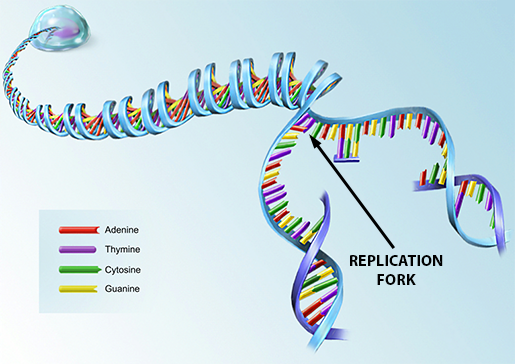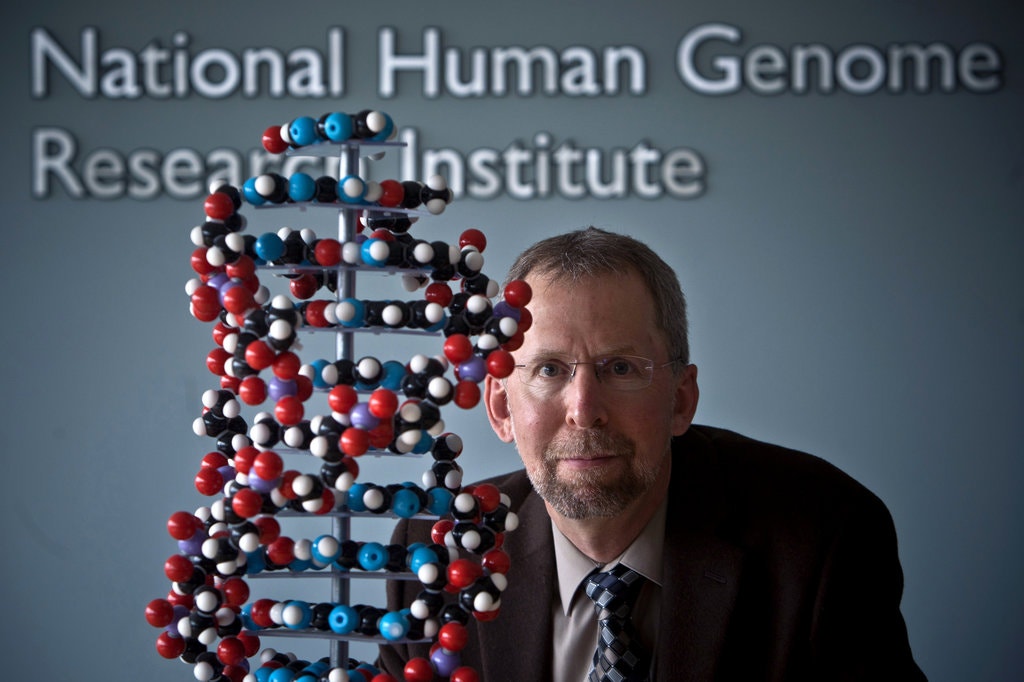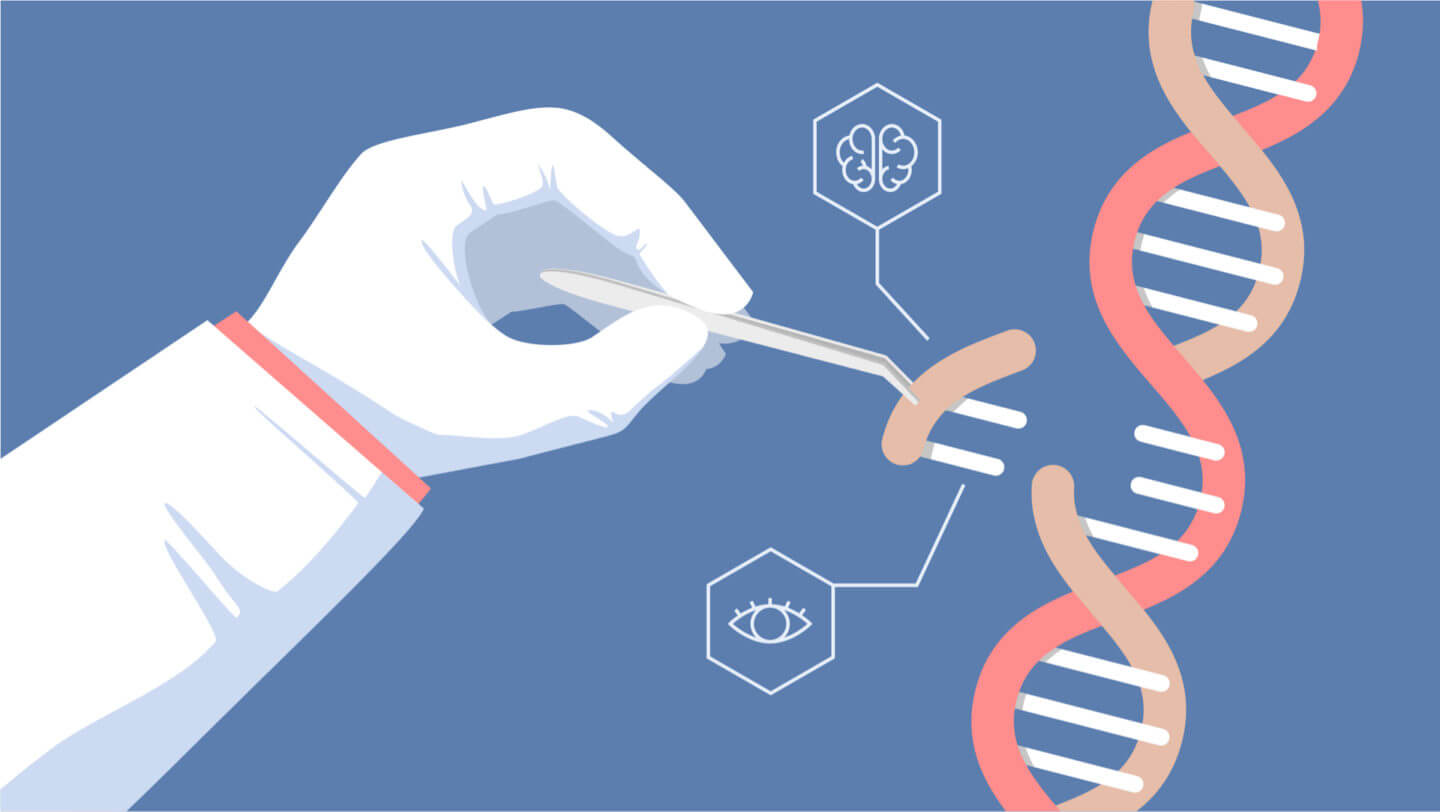Barriers Broken

Replication: Doubling Up on DNA, 2019, Visible Body
This image shows the DNA splitting, and then other bases pairing to the two seperate strands which forms two new DNA strands.
Replication
According to “Advances in Gene Regulation, Gene Expression, and Developmental Genetics” from Gale in Context, when Watson and Crick made their model of DNA it automatically explained a lot in science. The article also said, “The double helix could theoretically explain how DNA reproduces itself and makes more copies of DNA exactly like the original. Watson and Crick noted that the specific base-pairing that they had postulated suggested a possible copying mechanism for the genetic material.” Right after Watson and Crick published their discovery it was recognized how DNA could replicate itself. It does this by separating into two strands, and then other bases pair up with the existing bases in the strand. For example the adenine bases pair with thymine bases, and guanine bases pair with cytosine. Then when all the bases are attached on each strand there are two new strands of DNA. This was an immediate effect that Watson and Crick’s discovery had on society.
Human Genome Project
Another thing that stemmed off of Watson and Crick’s discovery is the National Human Genome Research Institute (NHGRI), established in 1989. This project was located in Bethesda, Maryland, near Washington D.C. James Watson was actually the first director of the facility. Their goal was to find and define the human genome sequence that would give them the blueprints for the entire human body. Without Watson and Crick’s discovery, Watson would not have been as involved in this project.

Eric D. Green, April 15, 2019, The New York Times
This is an image of Eric D. Green the current director of the National Human Genome Research Institute.

Verdict, April 9, 2019, Genetic Literacy Project
This image shows DNA being taking out and then they would insert the DNA that was supposed to be there.
Gene Therapy
In the article "Gene Therapy: Promises and Problems" it states, “In 2002, the Human Genome Project completed the sequencing of all human chromosomes, thus opening the way for the next step in molecular genetics, known as proteasomics or proteomics, the characterization of all proteins encoded by human genes.” This means that after the Human Genome Project was complete, knowledge of the proteins in the human body was uncovered. If mistakes occur when proteins are being made it can be the cause of different diseases, including some cancers. Scientists have found many cures to these diseases, one of which is Gene Therapy. Gene Therapy involves going through DNA and finding the error, and then transferring the part that is supposed to be there in its place. The first Gene Therapy treatment happened in 1990 on a four-year-old girl named Ashanti DeSilva. She had a rare disease known as severe combined immunodeficiency. This disease affected her immune system by making her unable to fight off sickness. After Ashanti went through a 12-day treatment, she was cured. Because this medical barrier was broken her life was forever changed. Although gene therapy is still in clinical trial in the U.S.A. it will continue to evolve over time.